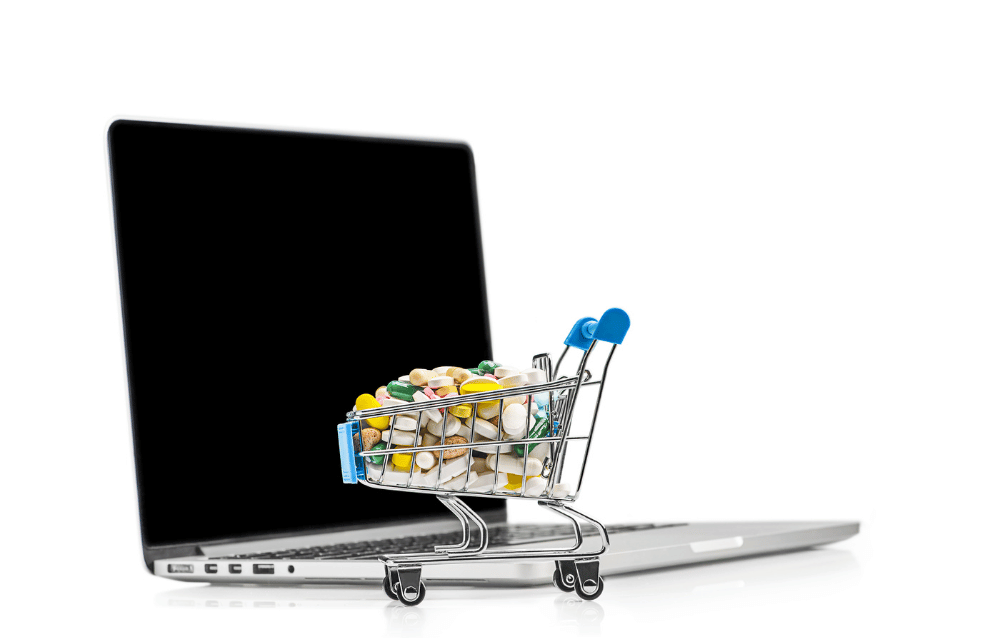How Ecommerce Sales of Dietary Supplements Drive New Opportunities in Package Design
Pharma
May 17, 2023Reading time: 2 minutes

Over the past five years global ecommerce sales of consumer health products have grown an average of 16% per year, and the market is currently valued at $60 billion.1 Comparatively, offline retail sales grew 2.5-3% over the same period.1
As COVID-19 forced changes in shopping behaviors, the overall percentage of consumers specifically using an ecommerce retail channel rose to 19%.1
Based on the percentages, customers have adjusted to buying vitamins online and now seek increased personalization in the offering. For VMS brands and manufacturers, this presents opportunities to meet customer demand and also gain operational efficiencies in consumer health ecommerce packaging needs.
The Evolution of Packaging for Direct-to-Consumer VMS
With the popularity of ecommerce, consumers are adapting to packaging that is convenient, personalized, and ideally more sustainable. This gives brands the opportunity to optimize ecommerce packaging formats for consumer health products sold at offline retail — the channel currently accounting for 39% of overall consumer health sales.1
Innovating around ecommerce packaging formats for offline retail package design and solutions could help alleviate a number of concerns, including:
- Supply chain optimization in having packages that are readily stacked, transported, and stored without the need for excessive secondary packaging. Focus on logistics improves supply chain efficiencies and can help lower added system-wide costs such as labor, shipping, and waste.
- More sustainable packaging options that appeal to consumers’ eco-consciousness — 79% prefer products in sustainable packaging.2 Delivering environmentally conscious packaging solutions contributes to better use of fewer resources, reducing waste, and achieving a smaller carbon footprint.
- Better product traceability with smart packaging that interacts with authentication technologies, and could also promote automatic ordering and refills to increase consumer convenience and foster brand loyalty.
- Accelerated speed-to-market with short-run printing, easier package and product testing, and better responsiveness to consumer and market demand — all of which elevates brand reputation while safeguarding against negative packaging experiences.
Working collaboratively with Amcor helps manufacturers close the loop on consumer health packaging efficiency in different channels — but it raises another question for manufacturers and packagers.
Could Brands Leverage Direct-to-Consumer Packaging at Retail?
The VMS market has a low barrier to entry and little regulatory oversight, which largely explains the proliferation of branded vitamin products available online and on the shelves of traditional retail.
Establishing sales online is typically easier than competing for shelf space where consumers are bombarded with choices in brands. Some brands are looking to progressive packaging design as a way to disrupt the retail consumer health channel.
Innovation in packaging design provides opportunities to stand out on the shelf and grab consumer attention, thereby:
- Creating differentiation from competitors and increasing visual interest.
- Optimizing shelf space and perhaps dictating display placement — both wins for brands looking to maximize consumer mind share.
The VMS market continues to evolve. Packaging undoubtedly plays a role in how brands and manufacturers go to market in the ecommerce space — but how it’s leveraged could also present opportunities to compete at offline retail.
Customer demand and strategic innovations from Amcor will determine next steps. Lean into the future of packaging with our guide, Sustainable Packaging for Consumer Health Applications.


